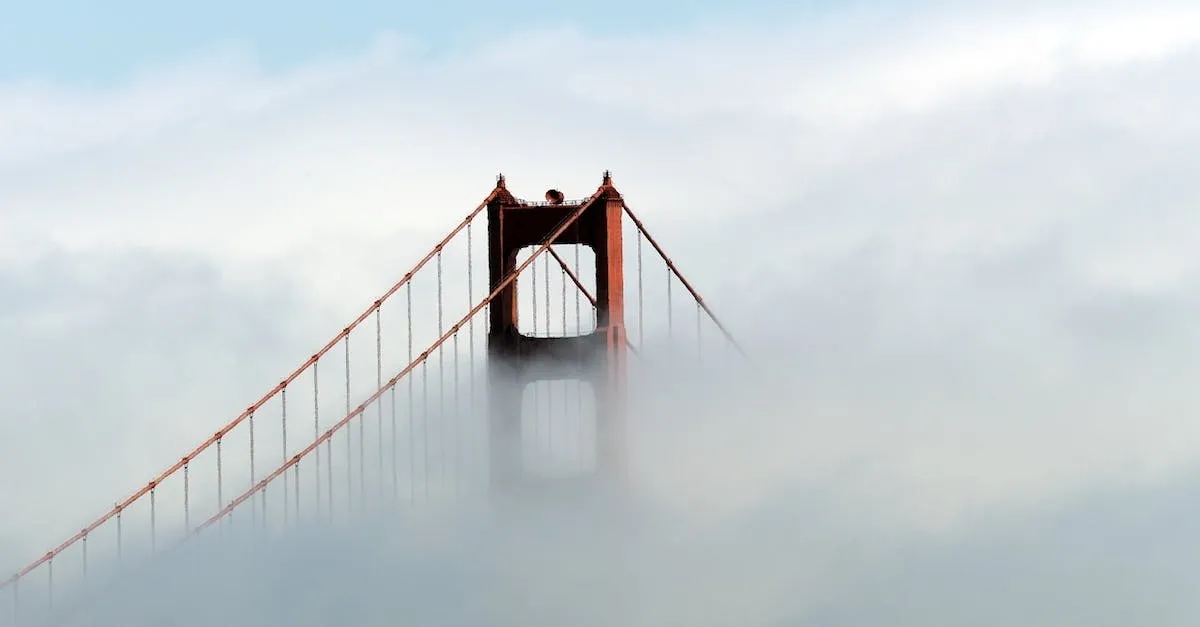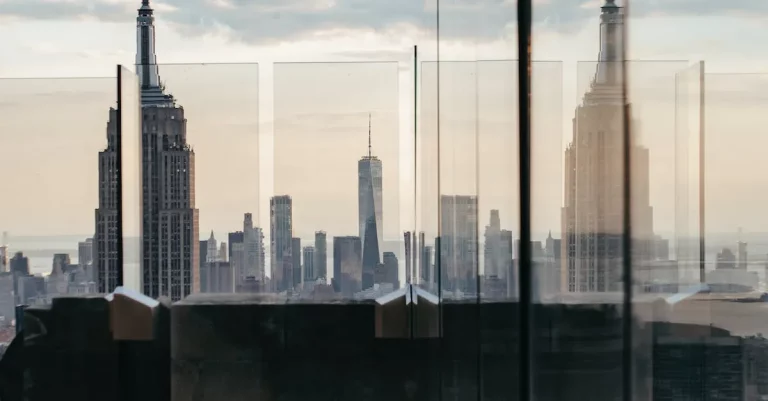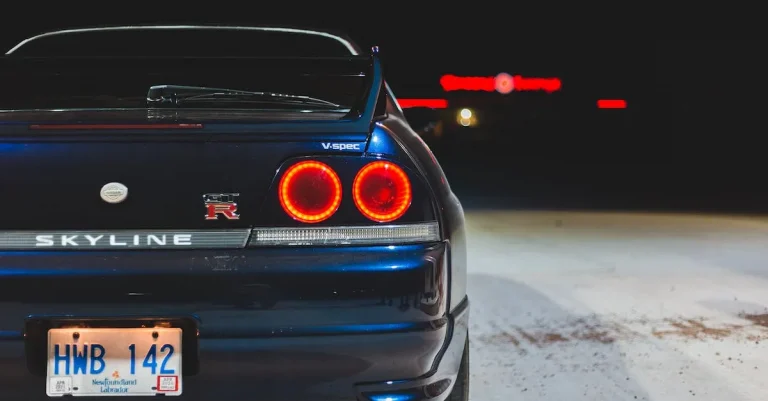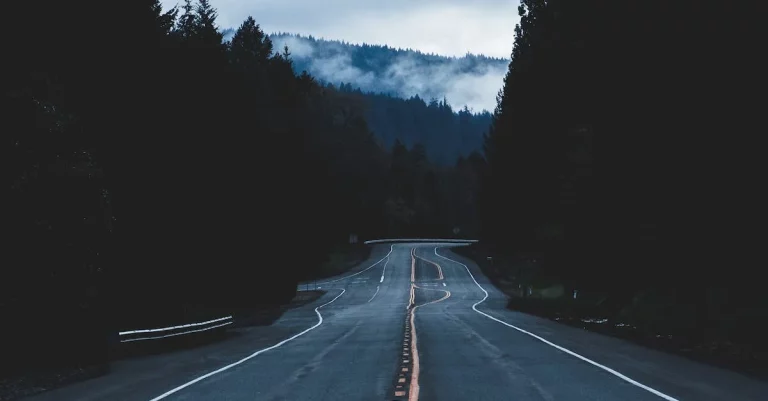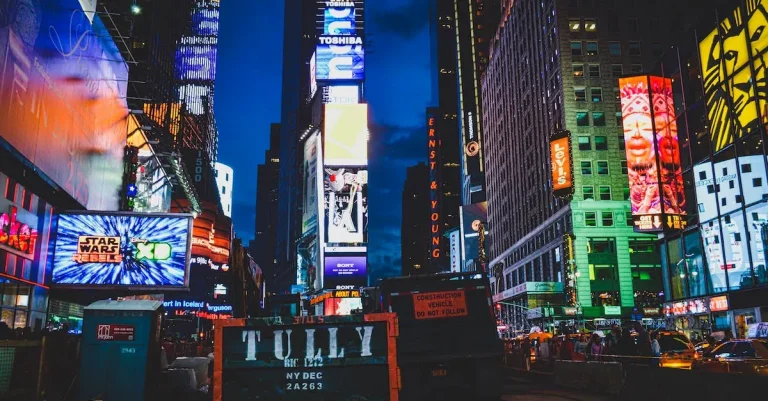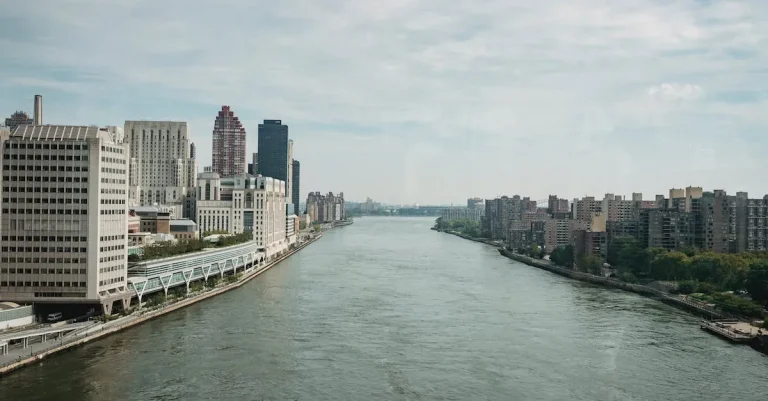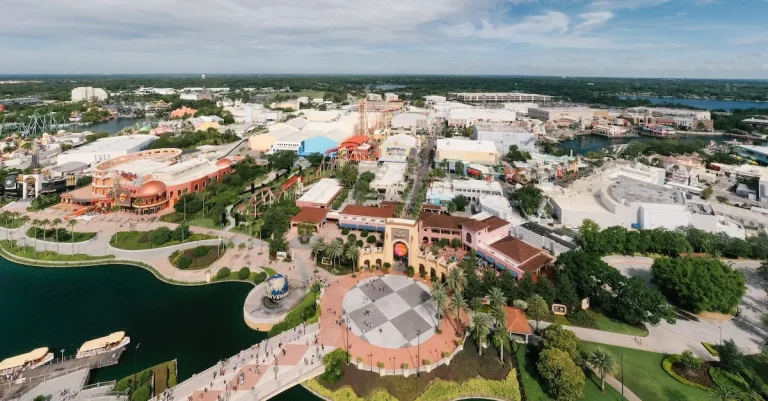San Francisco Fog Map: When And Where To Experience The Fog In Sf
The iconic San Francisco fog is one of the most unique weather features of the city. If you’re visiting San Francisco and hoping to catch views of the famous fog rolling through the Golden Gate or over Twin Peaks, it helps to know the patterns and characteristics of SF fog. This comprehensive guide will provide everything you need to know about the when, where and why of fog in San Francisco.
When Does the Fog Occur in San Francisco?
San Francisco is famous for its fog, which rolls in from the Pacific Ocean and blankets the city in a cool mist. The fog is a natural occurrence caused by the meeting of the cold California Current and the warm air from the Central Valley.
This unique weather pattern creates the perfect conditions for fog to form in San Francisco.
Summer Fog Season
While many cities experience fog in the winter months, San Francisco’s fog season is actually during the summer. This phenomenon, known as “June Gloom,” is when the fog rolls in and covers the city in a thick layer of mist.
The fog is often accompanied by cool temperatures, making summer in San Francisco quite different from other parts of California.
Foggiest Months
The fog in San Francisco is most prevalent during the months of May through September. These are the foggiest months in the city, with the highest number of days affected by fog. In fact, San Francisco experiences an average of 100 foggy days per year, giving it the nickname “Fog City.”
According to The Weather Channel, the fog in San Francisco is most likely to occur in the early morning and late evening hours. This is when the temperature and humidity are at their peak, creating the perfect conditions for fog to form.
However, it is not uncommon to see fog throughout the day in San Francisco, as the weather patterns can change quickly.
Daily Fog Cycles
The fog in San Francisco follows a daily cycle, with predictable patterns of when it rolls in and when it dissipates. In the morning, the fog tends to be at its thickest, often covering the Golden Gate Bridge and other iconic landmarks.
As the day progresses, the fog gradually lifts and gives way to clearer skies. However, in the late afternoon and evening, the fog often returns, blanketing the city once again.
The fog in San Francisco adds a unique charm to the city, creating a mystical atmosphere that locals and tourists alike enjoy. Whether you’re visiting the Golden Gate Bridge, exploring the neighborhoods, or simply strolling along the coast, experiencing the fog in San Francisco is a must-do for any visitor.
Where Does the Fog Form in San Francisco?
San Francisco is known for its iconic fog that rolls in from the ocean and blankets the city, creating a mystical and ethereal atmosphere. But have you ever wondered where exactly this fog comes from? Let’s explore the different factors that contribute to the formation of fog in San Francisco.
Pacific Ocean
The primary source of fog in San Francisco is the cool waters of the Pacific Ocean. As the warm air from inland regions meets the cold ocean currents, it creates the perfect conditions for fog to form.
The temperature difference causes the moist air to condense into tiny water droplets, resulting in the characteristic fog that engulfs the city.
Golden Gate Strait
The Golden Gate Strait, the entrance to the San Francisco Bay, plays a crucial role in the formation of fog. The narrow channel acts as a funnel, channeling the cool ocean air directly into the city. This phenomenon is particularly noticeable when the fog rolls in through the iconic Golden Gate Bridge, enveloping the city in a blanket of mist.
Bay Side vs. Ocean Side
The geography of San Francisco also plays a significant role in determining where the fog is most prevalent. The western side of the city, facing the Pacific Ocean, experiences more fog due to its proximity to the cool ocean currents.
Areas closer to the coast, such as the Sunset District and Ocean Beach, are known to be shrouded in fog more frequently than the eastern side of the city, which faces the bay.
In contrast, the eastern side of the city, including neighborhoods like the Mission and the Financial District, tends to experience less fog. The bay acts as a barrier, preventing the cool ocean air from reaching these areas as readily.
However, it’s important to note that fog can still make its way into these regions under specific weather conditions.
Overall Impact
The fog in San Francisco has a significant impact on the city’s climate and daily life. It helps to moderate the temperature, keeping the city relatively cool during the summer months and providing a refreshing break from the heat.
However, it can also lead to reduced visibility and damp conditions, so it’s always a good idea to dress in layers and carry a jacket when venturing out into the foggy streets.
If you’re planning a visit to San Francisco and want to experience the famous fog, the coastal areas and the Golden Gate Bridge are your best bets. Just be sure to check the weather forecast and plan accordingly, as fog patterns can vary from day to day.
For more information on San Francisco’s fog patterns and weather conditions, you can visit the National Weather Service website, which provides detailed forecasts and climate data for the area.
Foggy Neighborhoods and Landmarks in San Francisco
San Francisco is known for its iconic fog, which often rolls in from the Pacific Ocean and blankets the city. If you’re planning a visit to the City by the Bay, experiencing the fog is a must. Here are some of the foggiest neighborhoods and landmarks in San Francisco that you should check out:
Twin Peaks
Twin Peaks is one of the highest points in San Francisco and offers breathtaking views of the city. However, due to its elevation, it is often shrouded in fog. On a foggy day, the peaks are transformed into a mystical landscape, with the fog swirling around the hills.
It’s a great spot to capture some amazing foggy photos and enjoy the unique atmosphere.
Golden Gate Bridge
The Golden Gate Bridge is an iconic landmark that is often enveloped in fog. The bridge, with its towering red-orange towers, becomes even more majestic when partially hidden by the mist. Walking or biking across the bridge on a foggy day can be a surreal experience, with the fog creating an ethereal ambiance.
Just be sure to bring a jacket, as the fog can make the bridge quite chilly!
Sunset and Richmond Districts
The Sunset and Richmond Districts, located on the western side of the city, are known for their persistent fog. These neighborhoods are perfect for those seeking an authentic San Francisco fog experience. The fog often rolls in from the ocean, blanketing the streets and creating a moody atmosphere.
Don’t miss the chance to take a walk along Ocean Beach or visit the famous Cliff House while you’re in the area.
Did you know? San Francisco’s fog has a name – Karl the Fog. This playful nickname has gained popularity and even has its own Instagram account where you can see stunning photos of the foggy city.
So, whether you’re a local or a tourist, exploring San Francisco’s foggy neighborhoods and landmarks can be a truly magical experience. Just make sure to check the weather forecast and plan your visit accordingly to maximize your chances of witnessing the city’s famous fog in all its glory.
Tips for Photographing and Viewing the San Francisco Fog
Best Viewpoints
San Francisco is known for its iconic fog that rolls in from the Pacific Ocean, creating a mystical atmosphere. To capture the best views of this natural phenomenon, head to the following viewpoints:
- The Golden Gate Bridge: This iconic landmark is often shrouded in fog, offering a unique and atmospheric backdrop for your photographs.
- Twin Peaks: Located in the center of the city, Twin Peaks provides a panoramic view of San Francisco and the fog as it engulfs the cityscape.
- Coit Tower: Perched atop Telegraph Hill, Coit Tower offers stunning views of the city and the fog as it blankets the Bay Area.
- Lands End: Located at the westernmost point of San Francisco, Lands End provides breathtaking views of the fog rolling in over the ocean.
Remember, the fog in San Francisco can be unpredictable, so it’s always a good idea to check the weather forecast before heading out to these viewpoints.
Photography Tips
To capture the beauty of the San Francisco fog in your photographs, consider the following tips:
- Use a wide-angle lens: A wide-angle lens will help you capture the expansive nature of the fog and the cityscape.
- Experiment with exposure settings: Play around with your camera’s exposure settings to achieve the desired effect. Underexposing your photos can enhance the moody atmosphere of the fog.
- Look for interesting compositions: Incorporate elements such as the Golden Gate Bridge, buildings, or trees to add depth and interest to your foggy photographs.
- Shoot during the “golden hour”: The soft, warm light during sunrise or sunset can add a magical touch to your fog-filled images.
Don’t forget to bring a tripod to ensure sharp images, especially in low-light conditions.
Safety Tips
While experiencing and photographing the San Francisco fog can be a memorable and captivating experience, it’s important to prioritize safety. Here are some safety tips to keep in mind:
- Dress warmly: The fog can bring cooler temperatures, so layer up and bring a jacket to stay comfortable.
- Wear comfortable shoes: You may need to walk or hike to reach certain viewpoints, so wear sturdy and comfortable footwear.
- Be aware of your surroundings: The fog can reduce visibility, so be cautious of your surroundings, especially if you’re near cliffs or steep terrain.
- Stay hydrated and bring snacks: Exploring and photographing the fog can be tiring, so make sure to stay hydrated and energized.
Lastly, always respect any signage or barriers in place for your safety.
For more information on fog in San Francisco and tips for photographing and viewing it, check out the official San Francisco Travel website: https://www.sftravel.com/article/guide-san-francisco-fog
Conclusion
The fog in San Francisco can be elusive, but knowing when and where it typically occurs makes it easier to catch stunning views. With the right timing and location, you’ll have the best chance to experience San Francisco’s famous summertime Karl the Fog. Use this San Francisco fog map and guide to capture great photos and make memorable foggy memories.
For a convenient overview, here’s a quick answer to when and where the fog occurs in San Francisco: The fog is most prevalent in the summer, with the foggiest months being May through September. The fog forms over the ocean and moves inland through the Golden Gate, blanketing the Sunset, Richmond, Twin Peaks and other west-facing areas but often leaving downtown clear. For the best fog views, head to high elevations like Twin Peaks in the early morning or late evening during summer.

